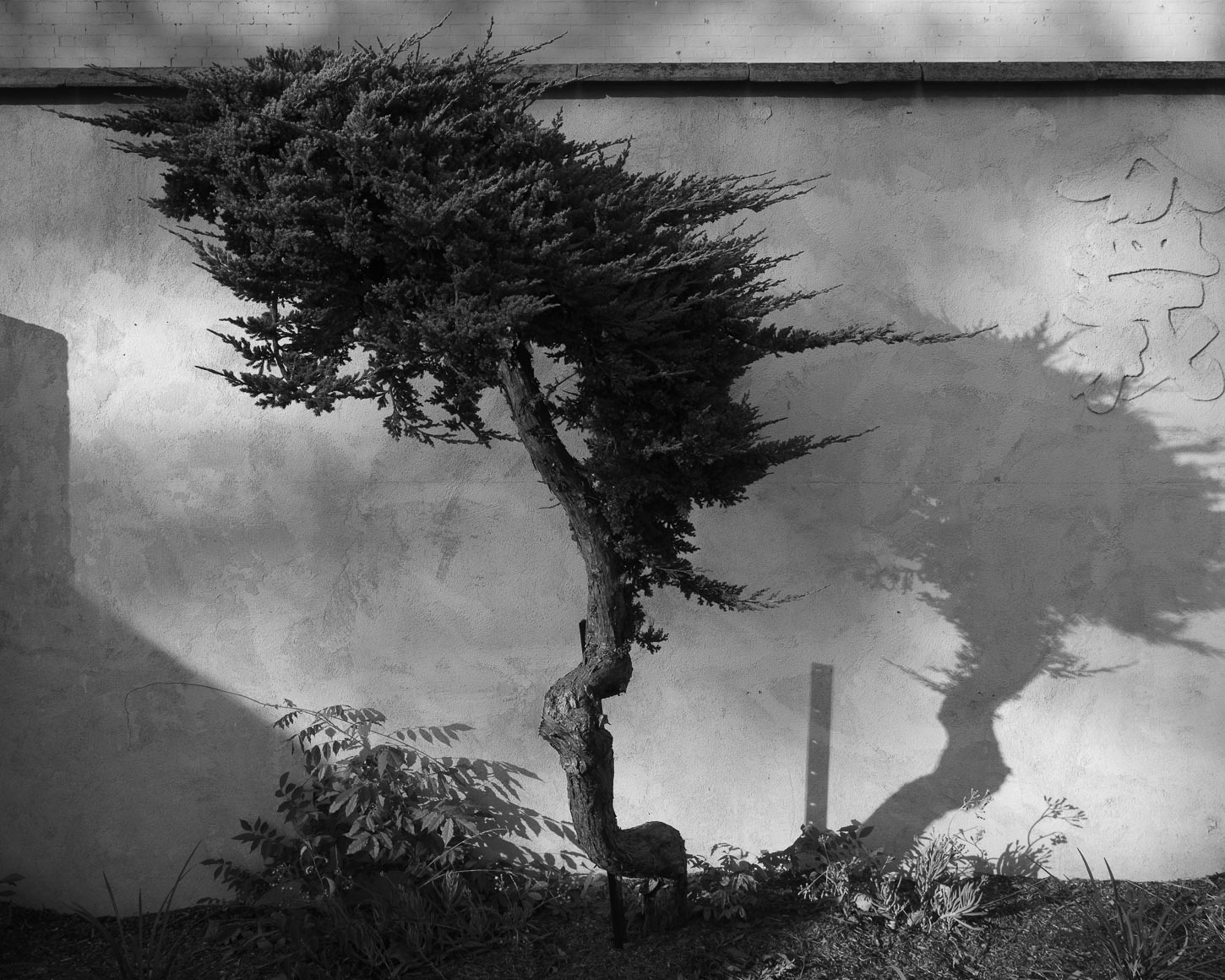Leica specifically stated that the CCD sensors corrode. This is an oxygen driven process, not humidity. Oxidation (corrosion) can happen in a low humidity environment.
In material science corrosion is any change in a material into a more chemically stable form.
I come across the same problem that caused oxidation in the sensor cover of the MM cameras all the time in developing optical instruments for deployment in seawater.
The corrosion of rare earth fluorite glass is well described, and there are models for understanding it, for example:
https://www.sciencedirect.com/science/article/pii/0022024887904763
in this case the process is water driven, and is not oxygen oxidation. The rare earth metals are held as cations in the lattice structure of the glass and water facilitates their oxidation by the fluorine in the glass. No oxygen is required.
In the Schott S8612 brochure
https://us.shop.schott.com/medias/s...U0Mzc3N2UyM2EyYWM2ZjI1MzI5ZGMzZTgwZDI2ZjNlOGQ
Schott gives the glass two thunderclouds out of five for weather resistance and states that "Long-term changes of the polished surface are possible". They do not recommend it for implementations where weather resistance needs to be strong. As I described here:
https://www.rangefinderforum.com/forums/showpost.php?p=2920034&postcount=37 Leica chose the glass based on performance and price and thought they could coat the glass in a way that would prevent corrosion, but they were wrong. These things happen. The corrosion can happen in low humidity because changes in temperature still facilitate condensation, and even 'low humidity' atmospheric air contains more than enough water to facilitate this oxidation. Where microscope manufacturers use this type of glass as an external or drop-in filter they seal it in a unit containing dry nitrogen with more inert glass on either side. Internally it is used mainly in well sealed units.
It is not the coating that oxidises. The coatings are similar to lens optical coatings, and are very durable. Where the coating is imperfect, water can reach the glass underneath and the glass corrodes. The coating is undermined and collapses. I don't know if the coverglass was sealed at the edges and on the back or if only the surface facing the imaging light was coated. What I do know is that I bought my MM in August 2012 and its sensor was corroded by November, replaced in December and returned in January 2013. By October 2013 some corrosion was evident again and I returned it to Leica in January 2014. It returned in May 2014 with another new sensor and by March 2015 was so corroded that any time I stopped it down I had a myriad of haloed spots.

I liked the files from the MM better, but I got a Typ 246 in June 2015 and at least have only had to clean the sensor since. The store that traded it for me got it back from Leica and Simon bought it. I am curious to hear how it has gone since then.
When it worked the MM produced beautiful images.
Marty












